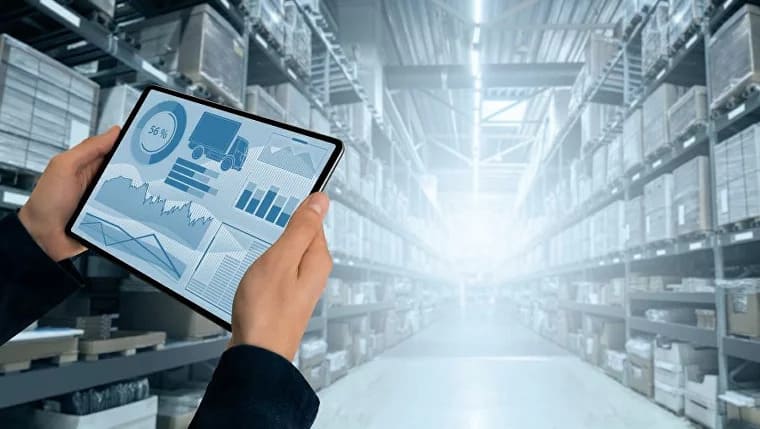
All international logistics and shipping operations are complex and regulated differently in each country. In the United States, customs law imposes strict requirements on imports. Each product category is overseen by a specific regulatory agency.
The U.S. product standardization system is largely decentralized and sector-specific. Technical requirements and standards are developed not only by the government but also by independent organizations (agencies). Industry associations play a crucial role in this process.
In addition to the standard document check, customs authorities may conduct an examination, i.e., a full inspection of the shipment. This is officially called a Customs Examination.
All costs are borne by the importer. It’s important to know which agency to contact:
Below is a list of useful links to the official websites of agencies involved in import regulation. However, this is far from exhaustive.
It’s important to note that in the U.S. bureaucratic system, inspection of imported goods is not uncommon, but a standard practice. It aims to ensure consumer safety. So, if your declarations, certificates, licenses, and shipping documents are compliant with U.S. law, there’s no reason to panic.
| Agency Name | Product Category |
| Consumer Product Safety Commission | Several categories of consumer goods, namely toys, household appliances, electronics, furniture, and children's products |
| Food and Drug Administration | Food products, medicines and cosmetics, tobacco products, medical devices, animal feed |
| United States Department of Agriculture | Various agricultural products, including all types of meat, eggs, fruits, vegetables, seeds, nuts, etc. |
| Environmental Protection Agency USA | Chemicals, pesticides, vehicles |
| Alcohol and Tobacco Tax and Trade Bureau | Beer, wine, cigarettes, and other tobacco and alcoholic products |
| Animal and Plant Health Inspection Service | Live animals and plants, seeds, various animal-derived products |
Import tariffs in the U.S. form a complex system. There is no single "average" rate applicable to all goods. The tariff depends on various factors:
We strongly recommend hiring a customs broker to ensure a smooth import process with all appropriate duties paid.
If your business plans to import to the U.S., it’s useful to check product lists on the following platforms:
Here are some examples of helpful resources where suppliers or sellers can find detailed info on standards, product requirements, and inspection procedures:
Although importing products into the U.S. may seem complex at first, once you understand the main requirements, most questions are resolved. However, stay informed about updates related to your product category. It is also worth knowing what can be sold in the US from Ukraine to avoid being subject to sanctions.
Our services include the delivery of goods from Ukraine to the USA, including customs clearance of import in accordance with the norms of American legislation. Our professional customs brokers will prepare a package of documents for the unimpeded import of goods into the country.
You should also understand that customs inspection is not a sentence or a hopeless situation if all the documents for the goods are drawn up correctly. With the assistance of an experienced, competent DiFFreight specialist, this issue can be resolved without negative consequences.

